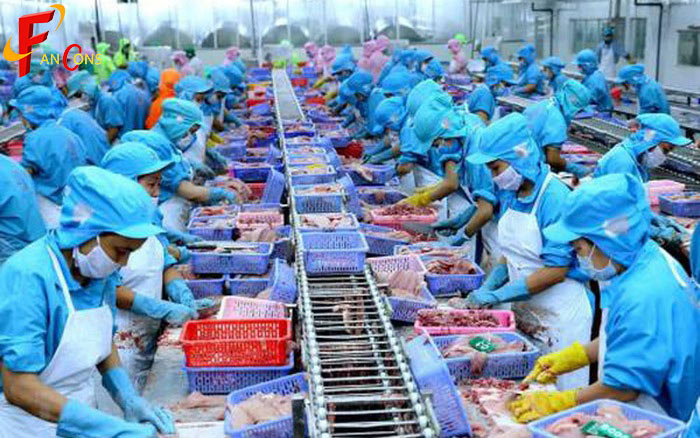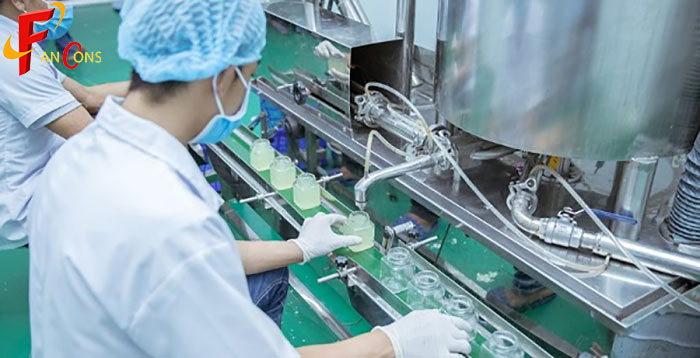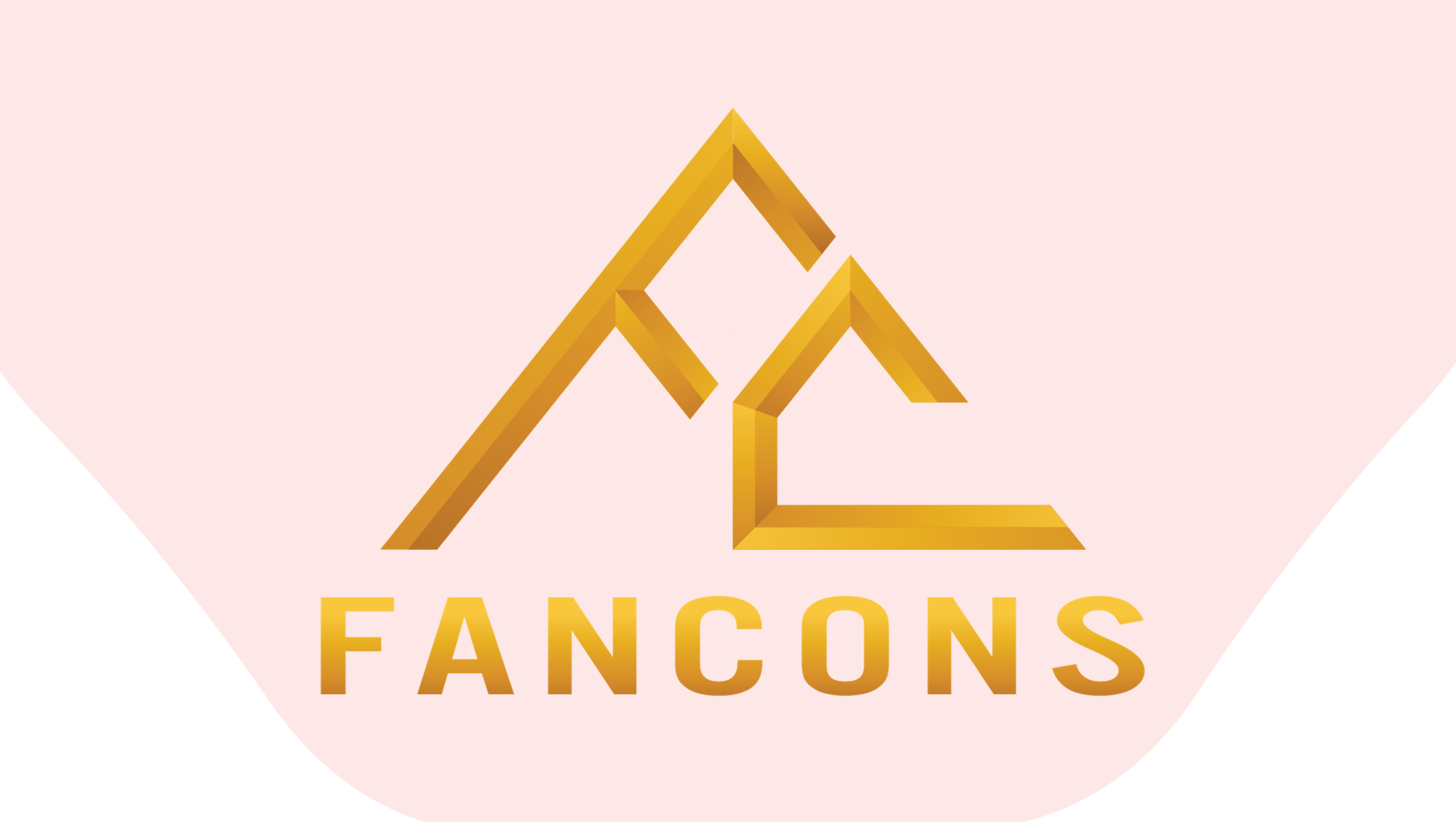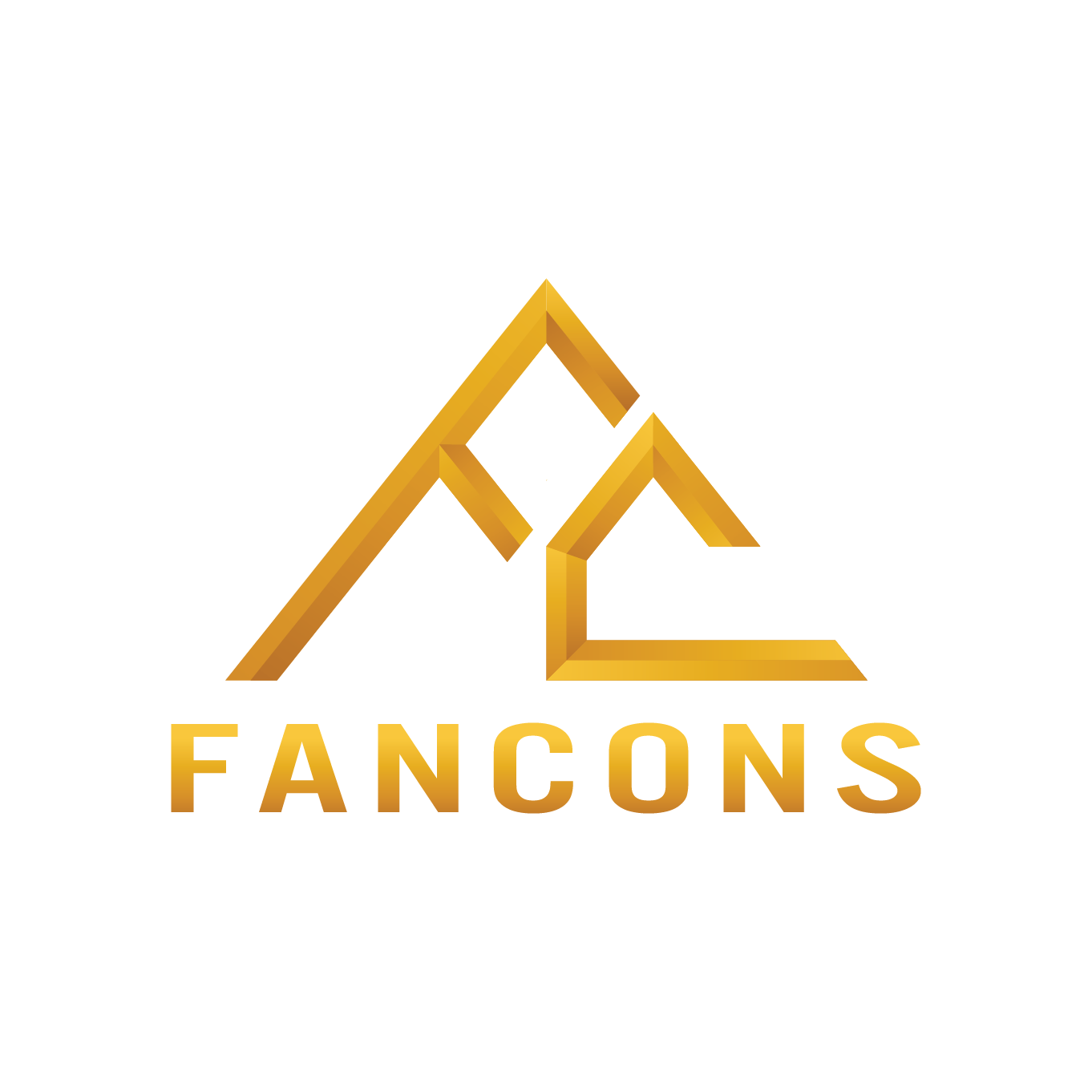Food manufacturing plants must adhere to stringent hygiene and safety requirements throughout the production process. This raises the question: what are the key standards for designing a compliant and efficient food production facility?
Nội dung
- 1. What is Food Production?
- 2. HACCP Standards in the Design of Food Production Facilities
- 3. Location and Production Environment
- 4. Standards for Factory Construction Design and Technical Facilities
- 5. Standards for Factory and Departmental Layout Design
- 6. Standards for Ventilation and Lighting Design in the Factory
- 7. Lighting Solutions
1. What is Food Production?
Food production refers to the process of carrying out some or all activities such as cultivation, animal husbandry, fishing, harvesting, and other related operations, with the aim of preserving and creating food products.
2. HACCP Standards in the Design of Food Production Facilities
Typically, a food production facility must meet the following five criteria:
- Prevent contamination during production to the lowest possible level.
- Design and layout must facilitate maintenance, disinfection, and minimize air contamination within the facility.
- Construction materials used must be suitable, ensuring they do not release harmful substances when in contact with food. They should also be durable and easy to maintain and clean.
- Provide effective temperature and humidity control measures.
- Implement effective food protection measures against external pests and hazards.

3. Location and Production Environment
When selecting a site for building a food production facility, potential sources of contamination that may affect food products must be taken into account. The facility must not be located in an area where, even after implementing protective measures, there remains a risk to food safety and hygiene.
A food production facility must be situated away from:
-
Areas with polluted environments and industrial or domestic activities that are likely to contaminate food.
-
Areas prone to waterlogging or flooding, unless effective protective and preventive measures are in place.
-
Areas infested by pests or containing solid or liquid waste that cannot be effectively removed.
Internal roads within the food facility must be constructed to meet hygiene standards, equipped with well-sealed drainage systems that prevent contamination and maintain cleanliness.
The facility’s location must ensure access to a sufficient supply of clean water and convenient transportation.
4. Standards for Factory Construction Design and Technical Facilities
The design must meet five technical standards:
-
Ensure contamination levels during production are kept to an absolute minimum.
-
Design and layout must facilitate maintenance and cleaning while minimizing air contamination.
-
Use clean, eco-friendly materials that are easy to maintain.
-
Control temperature and humidity within allowable limits.
-
Implement effective measures to protect food from external pests.

5. Standards for Factory and Departmental Layout Design
Internal structure and assembly of the factory:
-
Solid construction, easy to maintain and clean.
-
Floors, walls, and partitions must be moisture-proof, bacteria-resistant, and convenient for worker operations.
-
Flooring materials must be easy to clean and designed with proper drainage solutions.
-
Use materials that minimize dust accumulation and prevent dust from falling during production.
-
Doors must allow easy cleaning and facilitate transportation.
6. Standards for Ventilation and Lighting Design in the Factory
Ventilation Design Standards – purposes include:
-
Minimizing air contamination.
-
Maintaining temperature within regulated limits.
-
Controlling humidity levels and food odors.
7. Lighting Solutions
Adequate natural and artificial lighting must be provided to ensure that workers can operate efficiently and accurately, reducing errors in the food production process.

 Tiếng Việt
Tiếng Việt 中文 (中国)
中文 (中国)
